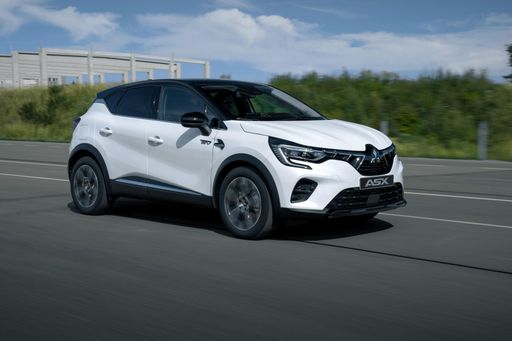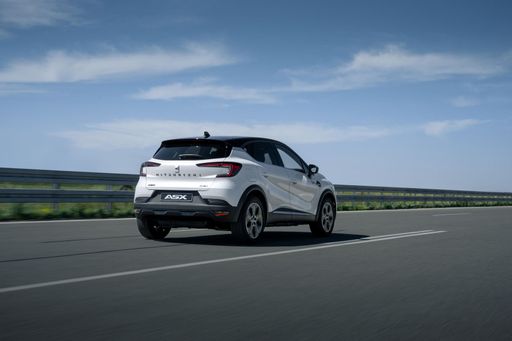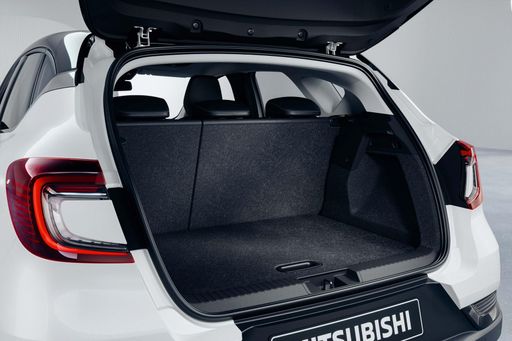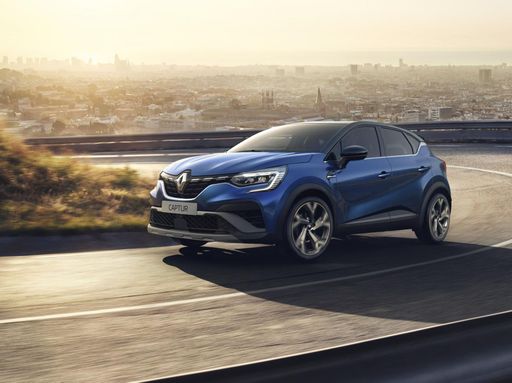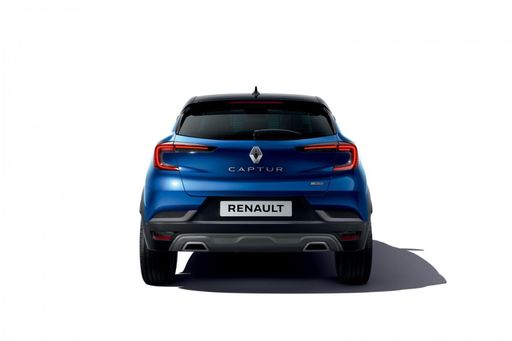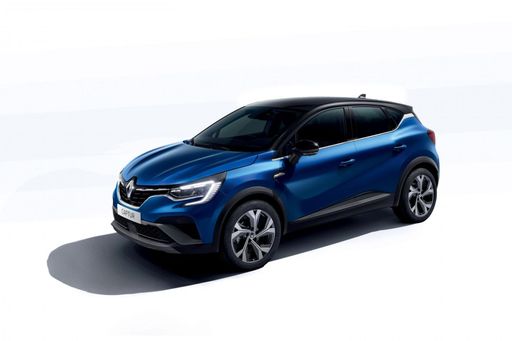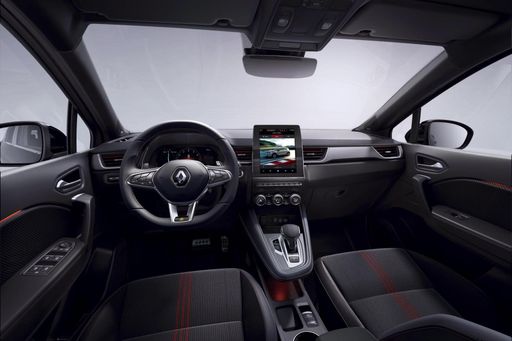Mitsubishi vs. Renault: A Comprehensive SUV Comparison
When it comes to the competitive world of SUVs, both Mitsubishi and Renault are powerful players that provide unique features and innovative technologies. In this article, we delve into a head-to-head comparison of their latest models, focusing on technical aspects, innovations, and on-road performance.

